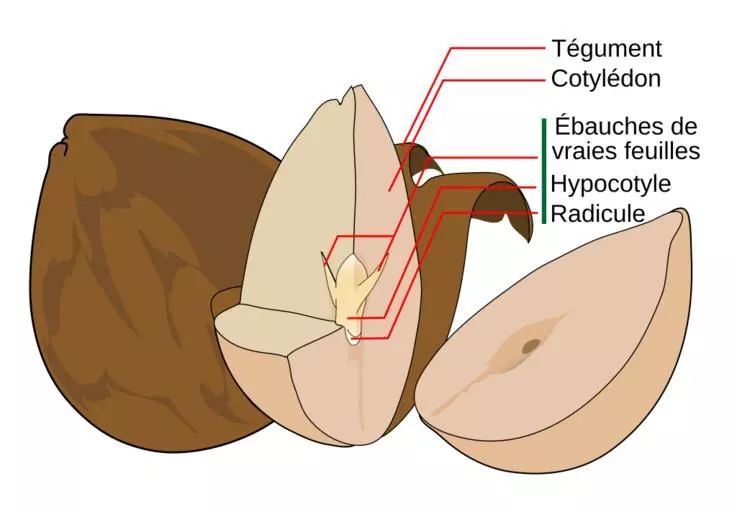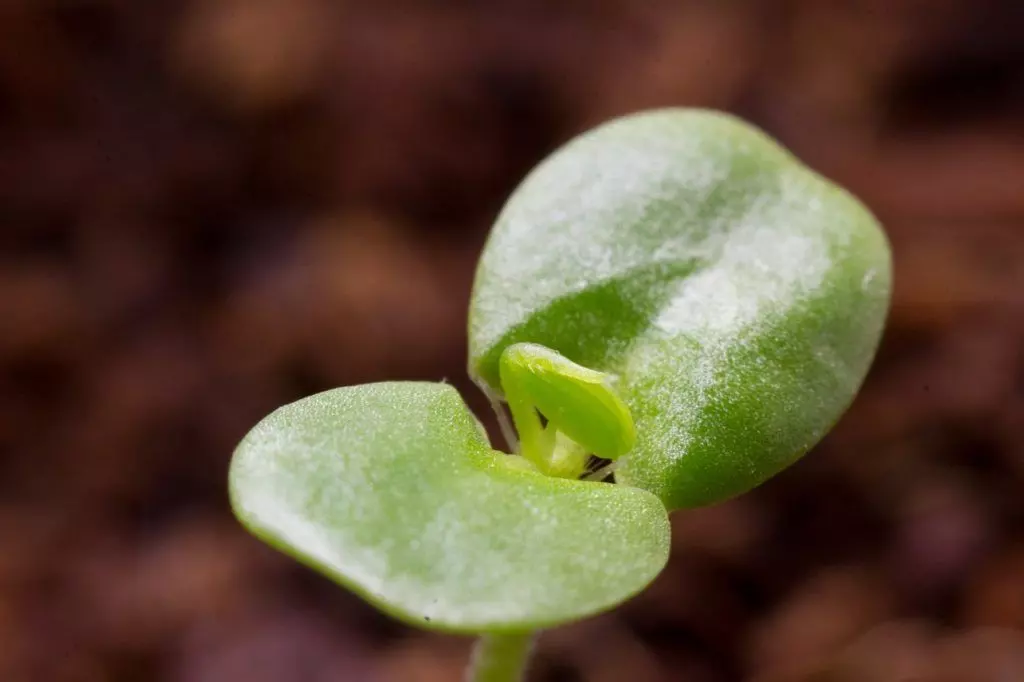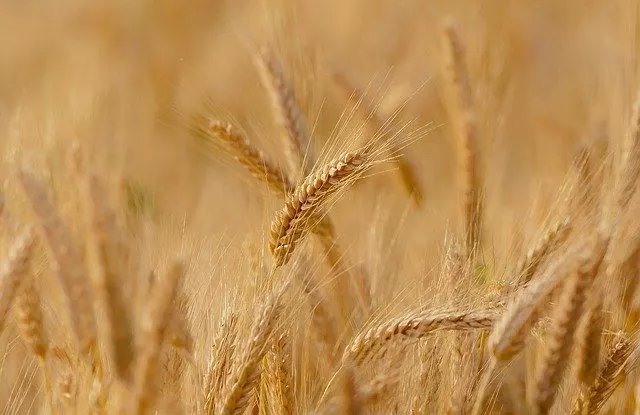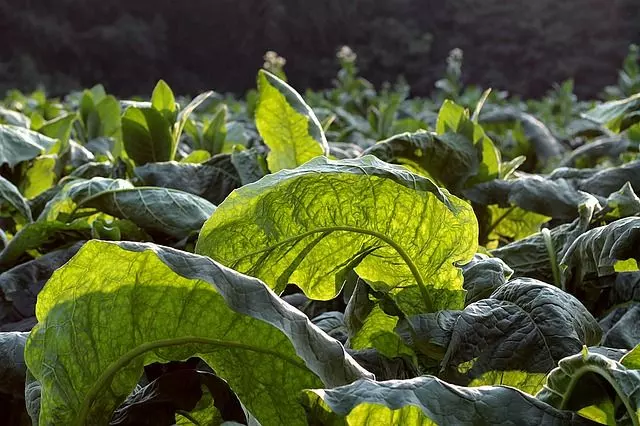Like any animal, phanerogamous plants also arise from an embryo in successive stages of development. The first leaf that emerges from a plant embryo in the early development of a plant is called a cotyledon.

Table of Contents
What is a Cotyledon: Definition
Within botany, the term cotyledon refers to the primordial leaves of flowering plants (phanerogams) that develop with the germination of the seed, where they form the first leaf of the embryo.
In botany, the number of cotyledons present in the seed is used as a way of classifying phanerogamous plants. Cotyledons, shoots, and roots of the plant are structures that develop in the process of embryogenesis before germination.
Also, for the cotyledons to differentiate themselves from the rest of the leaves of the plant, their size and the number of nutrients they have, such as oil, starch, or starch, contribute.
Characteristics of Cotyledons
– They are the first leaf that comes out of the plant’s embryo.
– They can be differentiated from other leaves due to their size.
– Their number serves as a method of classifying the plants.
– The cotyledon is capable of digesting the albumen (tissue surrounding the embryo) and that, after germination, is used as food.
– Cotyledons have various nutrients in their tissue
– Cotyledons have a short half-life because when the plants develop the leaves with which they get the energy, the cotyledons end up falling
– They also have different nutrients.

Functions of the Cotyledon and its Importance
Cotyledons are very important structures in plants, as they provide the right nutrients that are necessary for the seeds to germinate. Another function of the cotyledon is to absorb and reserve nutrients that are stored in the seed until the seedling can generate its true leaves that are capable of carrying out the process of photosynthesis.
Monocotyledons and Dicotyledons
The plants can be classified according to the number of cotyledons in:
Monocotyledons
The monocots include angiosperms plants that are characterized by having a single cotyledon in the seed, so that after its germination only have a single primitive leaf instead of two. These plants do not have a true secondary growth, i.e. they do not possess a true stem and do not have cambium (plant tissue composed of embryonic cells). Monocots are incapable of generating wood, and their height increases by widening the internodes as the plant grows.
Typical examples of monocotyl plants are grasses (or cereals), such as wheat, corn, or sugar cane, but lilies, palms, jonquils, tulips, onions or orchids are also monocotyledons.

Dicotyledons
Dicots are the most common group and the embryo found in its seed has two cotyledons that when germination occurs generate two primitive leaves that will serve as food for the new seedling. The leaves of dicotyledons can acquire diverse forms; there are heart-shaped, ribbon-shaped, or compound leaves, and they can have jagged or simple edges. The branches of these plants are composed of annual rings and made up of phloem and xylem as conductive tissues. Also, they are capable of forming wood or firewood.
Dicots are the majority and up to 170,000 species are known. They belong to this group the Rosaceae, leguminous, and Rutaceae. As species, we have the tobacco, the beans, the soybean, the peas, the chickpeas, the daisies, the sunflowers, the coffee, the carob tree, the roses, the avocado, or the cherries.

